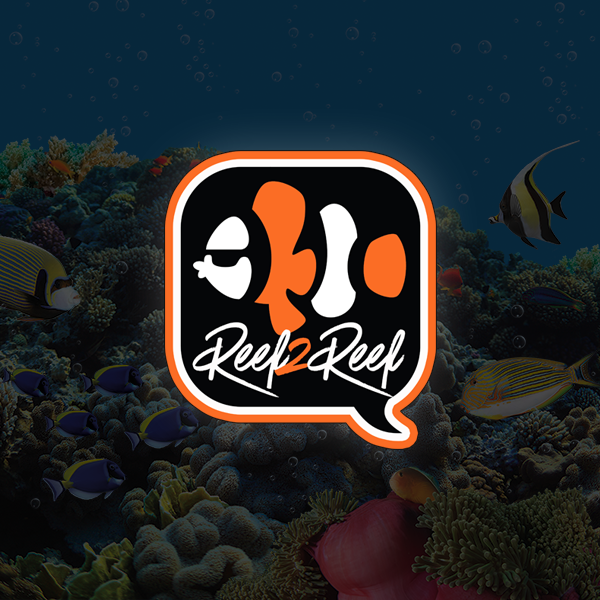I’ve checked other posts and can’t find anything that matches completely with what I have.
For a while I had what I have now on my sanded, a reddish/orange covering that appears every day, usually going away at night. No matter how much I stir the sand, it shows up the next day. I’m guessing this is cyano or diatoms?
My phosphates later rose to very high levels, up to 0.6 or so. It seemed the sand algae mostly went away, but my rocks became covered in the algae I have now. I would say it’s green hair algae but it looks more brownish? I also thought about bryopsis because it certainly has stems and looks like a plant. But today for the first time I also see bubbles in it. It still looks like green hair algae but brownish to me.
I added phosguard which dropped my phosphates to 0.1. I think the growth of the rock algae stopped at that point, or at least slowed, but after (because of?) the drop in phosphate, the sand algae came back.
I did a round of chemiclean to try to get rid of the sand algae because it bothers me more, but it didn’t do anything, so it’s probably diatoms?
I need to check my phosphates again but they’re certainly not zero, not even close. I’m guessing around 0.2 right now. My nitrates are pretty steady at 2-10 ppm, depending on time of week.


For a while I had what I have now on my sanded, a reddish/orange covering that appears every day, usually going away at night. No matter how much I stir the sand, it shows up the next day. I’m guessing this is cyano or diatoms?
My phosphates later rose to very high levels, up to 0.6 or so. It seemed the sand algae mostly went away, but my rocks became covered in the algae I have now. I would say it’s green hair algae but it looks more brownish? I also thought about bryopsis because it certainly has stems and looks like a plant. But today for the first time I also see bubbles in it. It still looks like green hair algae but brownish to me.
I added phosguard which dropped my phosphates to 0.1. I think the growth of the rock algae stopped at that point, or at least slowed, but after (because of?) the drop in phosphate, the sand algae came back.
I did a round of chemiclean to try to get rid of the sand algae because it bothers me more, but it didn’t do anything, so it’s probably diatoms?
I need to check my phosphates again but they’re certainly not zero, not even close. I’m guessing around 0.2 right now. My nitrates are pretty steady at 2-10 ppm, depending on time of week.























